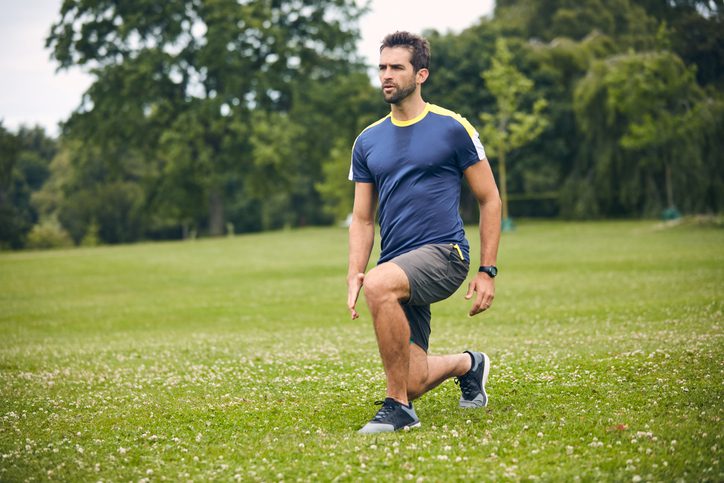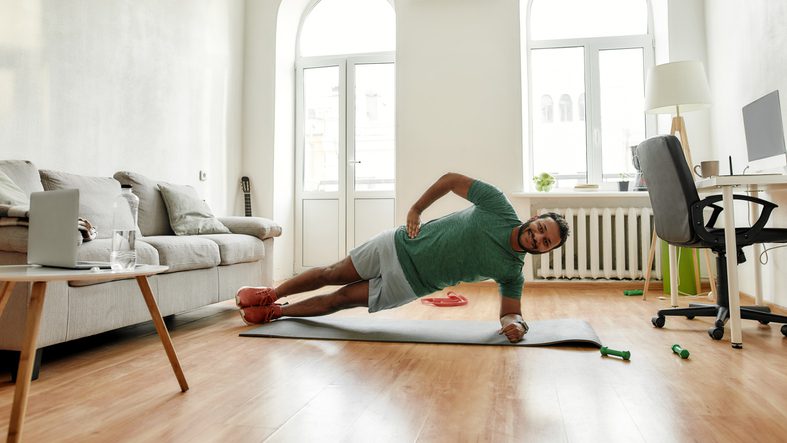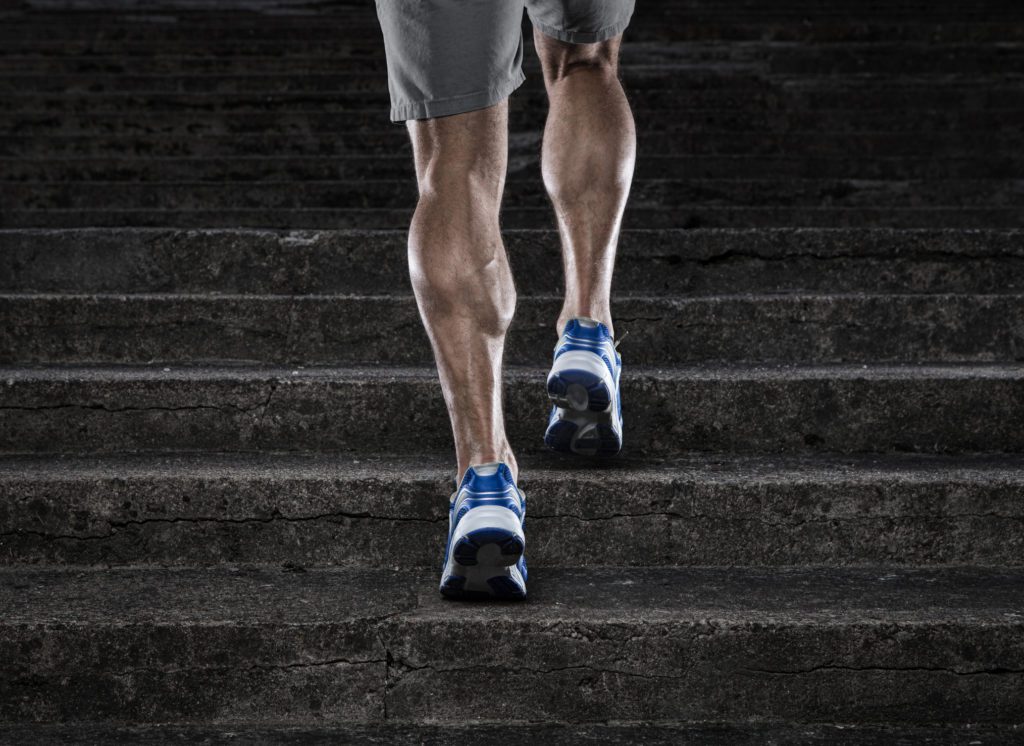Let’s face it: runners love to run. But if you’re not adding strength training to your weekly plan, you’re leaving some serious performance gains on the table. We’re here to help you get started, with four exercises recommended by an expert.

Richelle Weeks, a certified running coach and physiotherapist at Sportscience Ottawa, says that every runner should consider adding a few essential exercises to their routine. “Any runner who is serious about their running should be strength training regularly,” Weeks recently said to Fit & Well. “When done properly it can improve performance by five per cent because it improves running economy. It can also help reduce common overuse running injuries, especially in the 40-plus runner.”
Finding the time for strength training isn’t always easy—runners are already fitting training hours into busy lives. But even a short, 20-minute workout once or twice a week can make a huge difference. Weeks has shared a straightforward routine on Instagram that you can do at home, targeting the key muscle groups runners rely on most: calves, quads, glutes, hamstrings and core.
So, what should you add to your lineup? Here’s a quick look at Weeks’ recommended moves. For all of these, she suggests starting with three sets of eight reps; once you gain strength, she suggests using heavier weights rather than adding more reps.

Side lunge
This side-to-side movement builds hip stability and strengthens the glutes, quads and hamstrings, helping with lateral stability for better form and injury prevention.
How to do it: Step out to the side, bending your knee and keeping your other leg straight. Sink into a lunge while keeping your chest lifted, then push back up to standing. Repeat on both sides.

Glute bridge march
This move activates the glutes and core, providing stability to your hips and helping reduce low back strain, a common problem area for runners.
How to do it: Lie on your back with knees bent, feet hip-width apart. Lift your hips to create a straight line from your shoulders to your knees. March each knee toward your chest while keeping your hips stable.

Side plank rotation
The side plank rotation fires up the core and engages the obliques, improving your balance and trunk control—essential for strong, stable strides.
How to do it: Begin in a side plank, with your elbow beneath your shoulder and your feet stacked. Rotate your torso, reaching your top hand down under your torso, then return to the starting position. Repeat on both sides.

Calf raise
Strong calves are crucial for a powerful push-off. Calf raises build strength and resilience in this often-overlooked muscle group, reducing the risk of Achilles and other lower-leg injuries.
How to do it: Stand with your feet hip-width apart, slowly rise onto your toes, and lower back down with control. Add weights or stand on a step to increase the challenge.

For those with extra time, Weeks suggests adding an upper-body exercise or two. “It can help maintain an upright posture when fatigued during a race, like at the end of a marathon. It can also help make arm swing efficient,” she says. Options include a push exercise like push-ups, shoulder presses or bench presses, and a pull exercise like pull-ups, rows or back flies.
Start small, but make strength training part of your weekly routine to see noticeable gains in performance and injury prevention. As Weeks emphasizes, these moves are quick, accessible, and just might be the key to your next PB.

